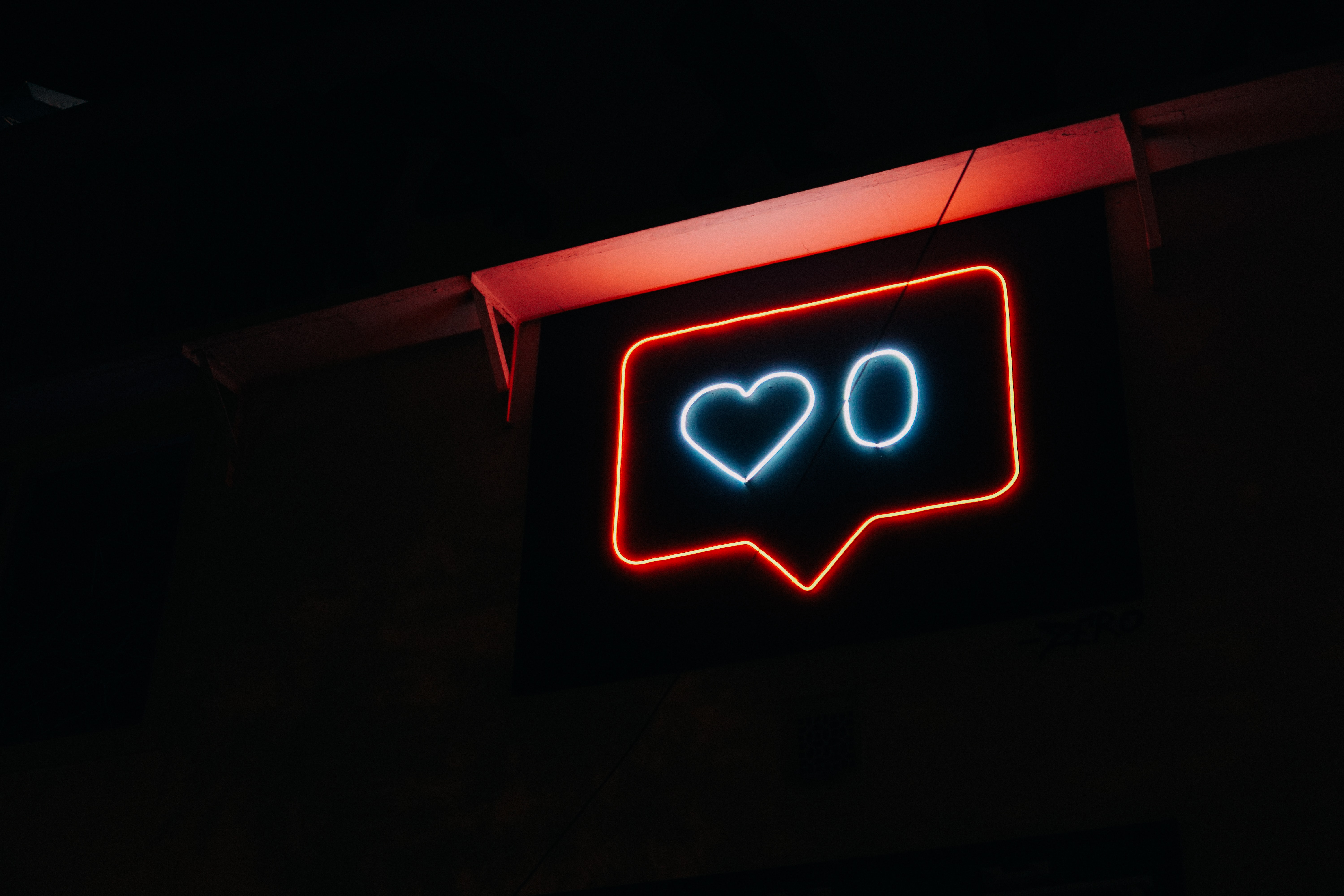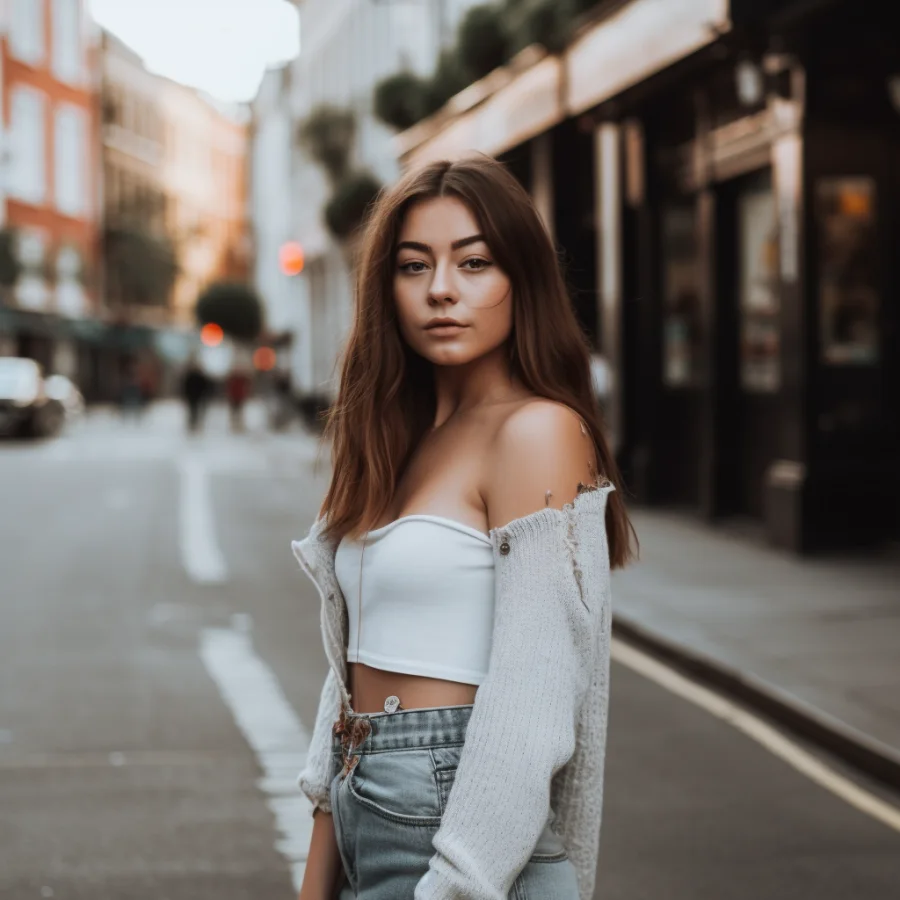
How to Get More Instagram Followers: The Complete Guide
Stay on top of all the Instagram algorithm changes! Utilize the platforms latest features to get more instagram followers.


Photography, at its core, is a form of storytelling. And just like any story, it often requires some fine-tuning to effectively convey the intended message. That's where photo editing comes in. The importance of photo editing lies in its ability to enhance the aesthetics and overall appeal of an image, potentially transforming a mediocre photo into a captivating piece of art.
Beyond beautification, photo editing also allows for the correction of various technical issues such as overexposure, underexposure, or unwanted objects within the frame. It can also enable the restoration of old or damaged photos, keeping precious memories alive for generations to come.
In a more professional context, photo editing is key to creating consistent aesthetics and themes, particularly in brand-related content. This allows businesses to showcase their products and services in the best possible light, driving consumer engagement and ultimately, business growth.
A myriad of tools exist within the realm of photo editing, each serving its own unique purpose. One of the most basic yet important tools is the crop tool. This allows you to remove unwanted elements from the frame or change the photo's composition.
Filters and adjustment tools like brightness and contrast are also essential in enhancing a photo's appeal. They allow you to balance the light and dark areas of an image, improving its overall tonal range. Similarly, the saturation and vibrance tools can be used to boost or mute the intensity of colors within the photo.
For more advanced edits, tools like clone stamp and healing brush are pivotal. These allow you to remove blemishes or unwanted objects seamlessly. Finally, layer tools enable you to work on individual aspects of an image without affecting the whole, providing a great deal of flexibility in the editing process.
Cropping plays a significant role in photo editing. It can drastically alter the composition of an image, thereby influencing the way it is perceived by the viewer. By strategically removing elements at the edge of a frame, you can shift focus onto the main subject and enhance the overall impact of the photo.
Cropping also allows you to adhere to specific aspect ratios. This is particularly important when preparing images for different platforms which may require specific dimensions. For example on social media, an Instagram post requires a square aspect ratio, while a Facebook cover photo is more rectangular.
However, it's important to use cropping sparingly and thoughtfully. Overuse can lead to the loss of important image data and can degrade the quality of the image. The key is to balance the desire to enhance the image's impact with the need to maintain its integrity.
Filters are an integral part of photo editing, offering a quick and easy way to enhance and stylize your images. A filter applies a preset adjustment to an image, which could include changes to color, contrast, texture, and more. They're especially popular in mobile photo editing apps like Instasize and VSCO, allowing users to dramatically alter the look of a photo with a single tap.
Different filters can evoke different moods. For example, a sepia filter can give an image a warm, vintage feel, while a black and white filter can create a timeless or dramatic effect. Some filters, like the vignette filter, can also help to draw the viewer's attention to a specific part of the image.
While filters can be a valuable tool, it's crucial to use them judiciously. Over-reliance on filters can result in photos that look overprocessed or inauthentic. It's also worth remembering that filters aren't a substitute for good photography techniques - they work best when applied to well-composed, correctly exposed images.
Brightness and contrast adjustments are fundamental aspects of photo editing. The brightness control allows you to make an image overall lighter or darker. This is particularly useful when your photo is overexposed (too bright) or underexposed (too dark).
Contrast, on the other hand, is the difference between the lightest and darkest parts of an image. Increasing contrast can make the bright areas brighter and the dark areas darker, often resulting in a more dynamic and visually striking image. Decreasing contrast will bring these areas closer together in tonality, often providing a softer, less defined look.
Both brightness and contrast adjustments should be used judiciously. Overadjustment can lead to a loss of detail in the highlights or shadows, known as "clipping." Most photo editing software provides a histogram tool that can help you monitor and avoid this.
Color correction is a critical step in photo editing, aimed at ensuring the colors in your image are as accurate and pleasing as possible. It can be broken down into two main areas: white balance and color balance.
White balance is all about making the colors look natural to the human eye. When we say "white," we generally mean "neutral," so adjusting white balance is about removing unrealistic color casts so that objects that appear white in person are rendered white in your photo.
Color balance, on the other hand, involves adjusting the intensity of colors and is often used to enhance the overall mood of a photo. Most editing tools offer sliders for adjusting the hues and saturation of the primary colors: red, green, and blue.
Remember, color correction is subjective. What's important is that the final image reflects your creative intent and looks good to your eye.
Retouching in photo editing refers to the process of making small adjustments to an image to fix any imperfections. This might include removing blemishes on a model's skin, eliminating dust spots from a landscape, or even removing an entire object that's distracting from the scene.
Most photo editing software includes tools like the clone stamp, healing brush, or patch tool for retouching. The clone stamp tool copies one area of an image and applies it to another. The healing brush does the same, but it also blends with the surrounding area for a more natural look. The patch tool, on the other hand, allows you to select a part of an image you want to retouch and replace it with another part of the image.
While retouching can significantly improve an image, it's important to maintain a level of authenticity. Over-retouching can make an image look unnatural and unappealing.
Exposure refers to the amount of light that reaches your camera's sensor. In photo editing, exposure adjustments can help fix photos that are too dark (underexposed) or too bright (overexposed).
In digital editing software, the exposure slider is one of the most straightforward ways to adjust the brightness of your entire image. However, one must be careful not to lose detail in the highlights (the brightest parts of your image) or shadows (the darkest parts).
For more precise control over the tonality of your image, you can use the "Levels" or "Curves" tools. These tools allow you to map the image's dark, mid, and bright tones to new values, offering the ability to separately adjust the exposure in the shadows, midtones, and highlights of your image.
Layers are one of the most powerful features in photo editing software. They allow you to make adjustments and add elements to your photo without permanently altering the original image.
Think of layers as transparent sheets stacked on top of the photo. You can paint on them, add text, or apply adjustments. Each layer can be edited independently, meaning you can modify or delete one layer without affecting the others.
There are many types of layers, including adjustment layers which are used to apply color and tonal adjustments without affecting the original image data, and mask layers which can hide or reveal parts of the image or adjustment layers. Understanding layers and how to use them effectively can significantly enhance your photo editing capabilities.
Resolution in photo editing refers to the detail an image holds. It's typically measured in pixels, with higher pixel counts leading to higher levels of detail and sharper images. When editing, it's important to maintain the highest resolution possible to prevent degradation of image quality.
Aspect ratio, on the other hand, refers to the proportional relationship between an image's width and height. Common aspect ratios include 4:3, 3:2, and 1:1 (square). Maintaining the correct aspect ratio is important when preparing images for different mediums, as the wrong ratio can lead to your image being cut off or distorted.
When resizing an image, ensure to maintain its aspect ratio. Most photo editing tools have a "constrain proportions" or "lock aspect ratio" option when resizing to help with this.
There's a wide range of photo editing software available, each with its unique strengths and capabilities. If you are primarily a mobile user, it might be worth starting with more user-friendly options like Instasize or VSCO.
For those looking to desktop photo editing, Adobe Lightroom provides an excellent balance between capability and ease of use. It's a popular choice among photographers for its powerful image management and editing features.
Discover the latest expert tips and tricks on mastering social media strategies, honing your photing editing skills, and unleashing your creativity

Stay on top of all the Instagram algorithm changes! Utilize the platforms latest features to get more instagram followers.

Find out if Instagram notifies users when you take a screenshot of their content. Learn how different Instagram features handle screenshots and how to manage your privacy.

Discover the best strategies to boost your YouTube Shorts views with practical tips and insights. Learn how to optimize your content for maximum engagement.

Just in case you find yourself in Kansas City, or you’re already there and wondering where you can get nice pics for the ‘gram, we’ve got you covered!

Discover whether Discord compresses images and learn tips to preserve their quality while sharing. Find out how Instasize can help optimize your images for a better sharing experience.

Learn how to convert iPhone photos to JPG easily with this step-by-step guide. Discover quick methods and helpful tips using your iPhone and Instasize.

Everything you need to make your photos stand out with our free photo editing tools